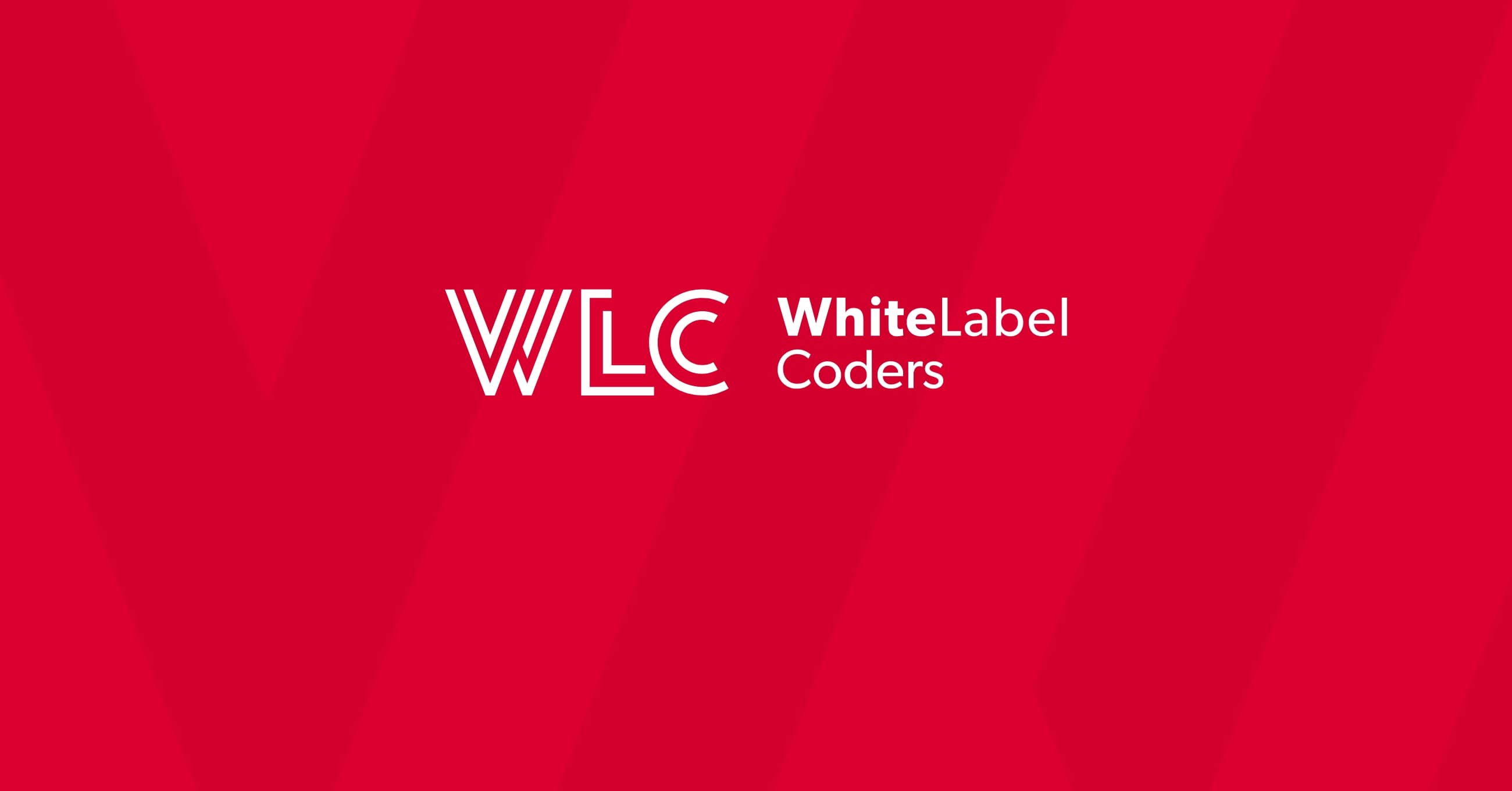Category: SEO AI
Can WordPress pages have different themes?

Yes, WordPress pages can have different themes, but it requires custom development solutions rather than built-in WordPress functionality. By default, WordPress applies a single theme across your entire website. However, experienced developers can implement page-specific themes through custom coding, specialised plugins, or advanced template systems. This approach is particularly valuable for businesses needing distinct visual experiences across different sections of their site, such as landing pages, e-commerce areas, or membership portals.
Understanding WordPress theme flexibility and page-specific customisation options
WordPress follows a single-theme architecture by design, meaning one active theme controls the appearance of your entire website. This structure ensures consistency and simplifies maintenance for most users.
The relationship between themes and pages in WordPress is straightforward: your active theme provides the templates that determine how different page types display. These templates include page.php for static pages, single.php for blog posts, and index.php as the fallback template.
WordPress does offer some native flexibility through page templates. You can create custom page templates within your theme and assign them to specific pages. However, these templates still operate within the same theme’s styling framework and limitations.
For true theme variation across pages, you’ll need to explore custom development solutions that go beyond WordPress’s core capabilities. This is where professional WordPress custom development becomes essential for achieving sophisticated multi-theme functionality.
Can you actually apply different themes to individual WordPress pages?
Technically, yes, but not through WordPress’s standard functionality. WordPress’s core system doesn’t support multiple active themes simultaneously, as this would create conflicts and complicate the user experience.
The platform’s single-theme limitation exists for good reasons. Multiple themes could cause plugin conflicts, create inconsistent user experiences, and complicate maintenance. WordPress prioritises stability and ease of use over this particular flexibility.
However, custom development can overcome these limitations. Skilled developers can create solutions that conditionally load different themes or theme components based on specific pages or user conditions. This might involve custom plugins that switch themes programmatically or advanced template systems that blend elements from multiple themes.
These custom solutions require careful planning and expert implementation to avoid the pitfalls that WordPress’s single-theme approach was designed to prevent.
What are the best methods to achieve different looks on WordPress pages?
Several approaches can give you varied page appearances without the complexity of full theme switching. Custom page templates offer the most straightforward solution within your existing theme framework.
Page builders provide another excellent option. Tools like Elementor, Beaver Builder, or Gutenberg’s full-site editing allow you to create dramatically different layouts and designs while maintaining your base theme’s functionality.
Custom CSS targeting specific pages can transform appearances significantly. You can use page-specific CSS classes or IDs to apply unique styling that completely changes a page’s visual presentation.
Child themes offer more advanced customisation possibilities. You can create multiple child themes that modify your parent theme in different ways, though switching between them still requires technical implementation.
For comprehensive solutions, professional custom WordPress website development can create sophisticated systems that blend multiple approaches. This might include custom post types with unique templates, conditional loading systems, or hybrid solutions that combine the best aspects of different themes.
How do you implement page-specific themes using custom development?
Custom development approaches typically involve conditional theme loading through carefully crafted PHP functions. Developers can create systems that detect specific pages and load alternative theme files accordingly.
Theme switching plugins represent one technical approach. These custom-built plugins can programmatically change themes based on page conditions, user roles, or other criteria. However, this method requires extensive testing to ensure plugin compatibility and performance optimisation.
Template hierarchy manipulation offers another sophisticated solution. Developers can create custom template files that pull styling and functionality from different sources, essentially creating hybrid themes for specific pages.
Advanced implementations might involve creating a master theme that acts as a framework, dynamically loading different styling sheets, scripts, and template components based on page requirements. This approach maintains consistency in core functionality while allowing dramatic visual variations.
Professional WordPress custom development teams often implement these solutions using frameworks that ensure maintainability and scalability as your website grows and evolves.
What challenges should you expect when using multiple themes on WordPress?
Plugin conflicts represent the most significant challenge when implementing multi-theme solutions. Different themes may have conflicting JavaScript libraries, CSS frameworks, or PHP functions that can break your website’s functionality.
Performance implications can be substantial. Loading multiple themes or theme components increases server resource usage and can slow page loading times. Careful optimisation becomes crucial to maintain acceptable performance standards.
Maintenance complexity multiplies with multi-theme implementations. Updates, security patches, and troubleshooting become more complicated when dealing with multiple theme systems rather than a single, consistent theme.
SEO considerations include ensuring consistent meta tag handling, structured data implementation, and maintaining proper URL structures across different themed sections of your site.
User experience challenges may arise if navigation elements, functionality, or visual cues vary too dramatically between differently themed pages. Visitors might feel confused or lost when encountering inconsistent interfaces.
Key takeaways for implementing different themes across WordPress pages
Multi-theme solutions work best for specific business needs rather than aesthetic preferences alone. Consider this approach when you need distinct functionality for different site sections, such as separate e-commerce and content areas.
Professional development becomes essential for successful implementation. The technical complexity and potential pitfalls make this unsuitable for DIY approaches unless you have significant WordPress development experience.
Start with simpler alternatives before pursuing full multi-theme solutions. Custom page templates, targeted CSS, and page builders can often achieve your desired visual variety without the complexity of multiple themes.
Plan for long-term maintenance from the beginning. Multi-theme implementations require ongoing technical support and careful management of updates and modifications.
Consider your site’s performance requirements carefully. Multi-theme solutions can impact loading speeds, so ensure your hosting environment and optimisation strategies can handle the additional complexity.
When you do need sophisticated theme variation across your WordPress site, partnering with experienced developers ensures you get a solution that balances functionality, performance, and maintainability for your specific business requirements.

